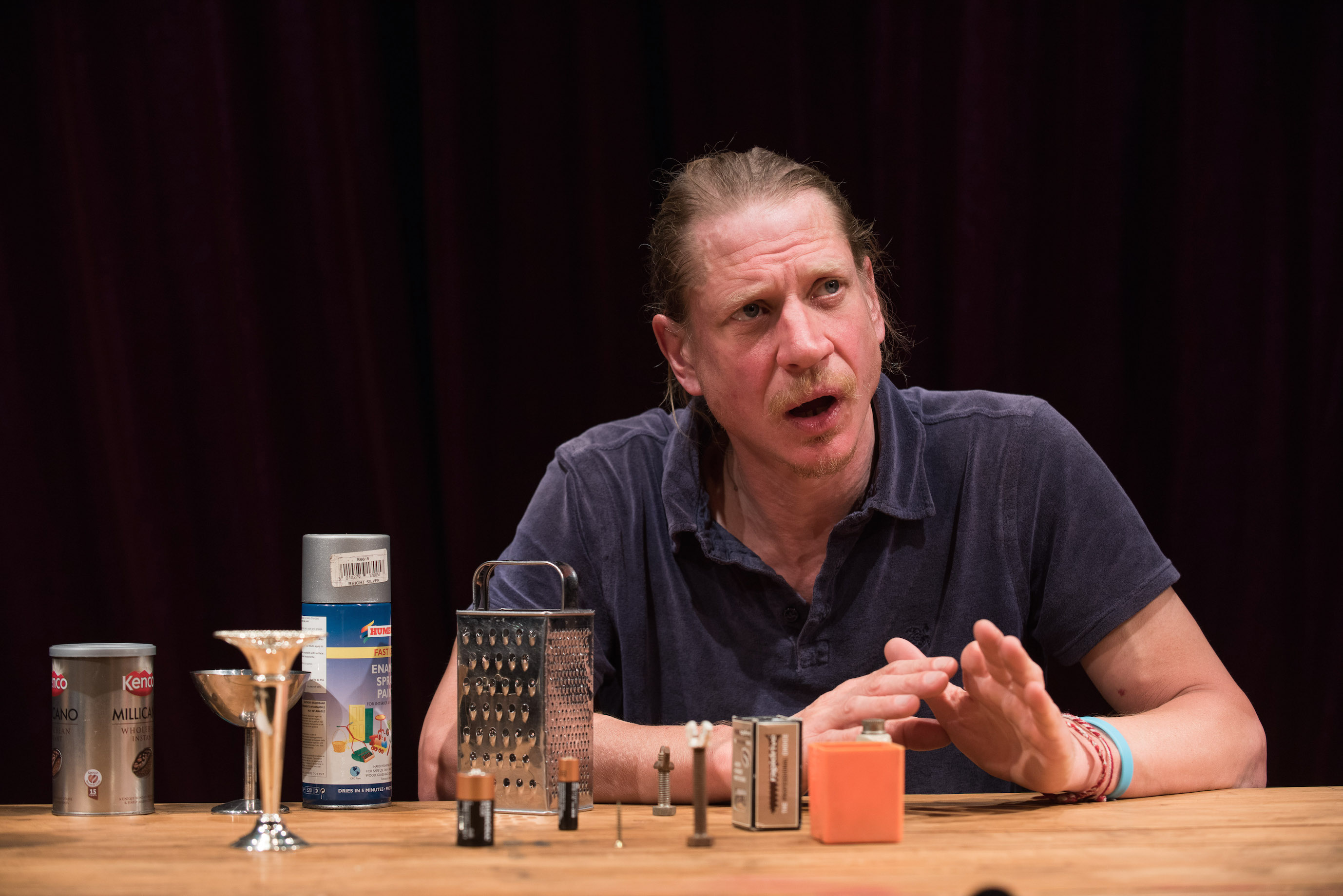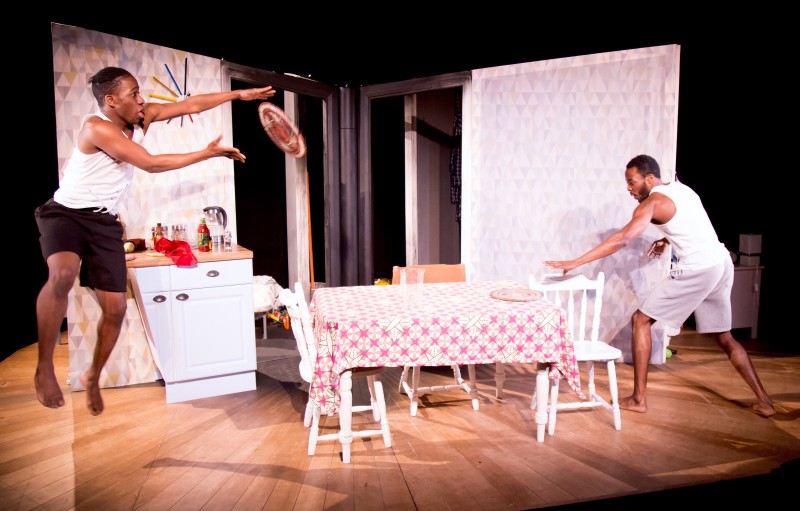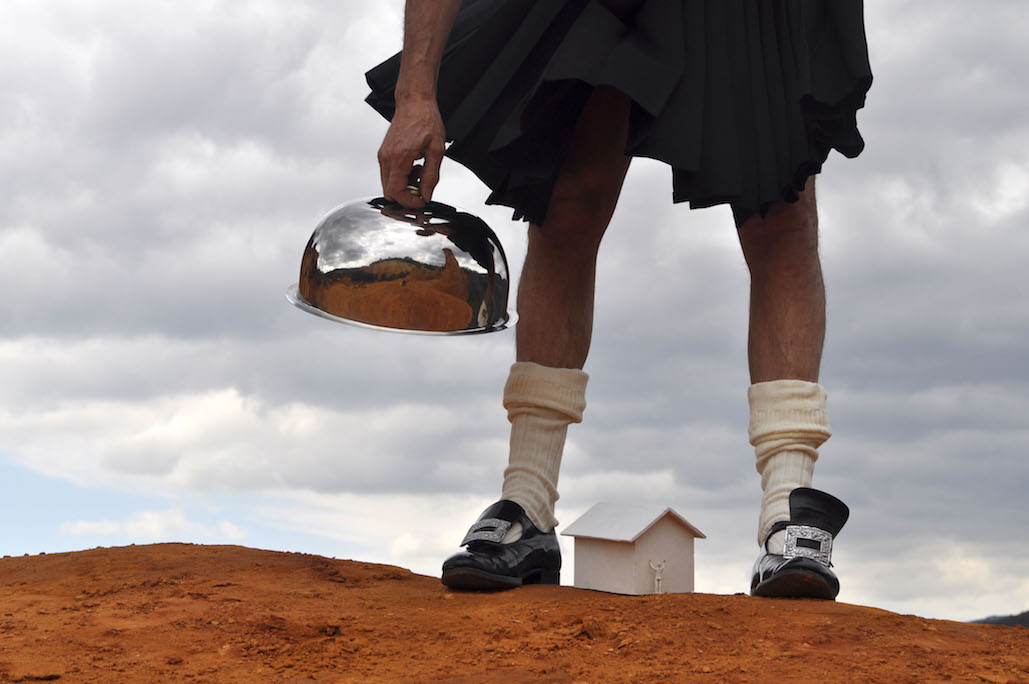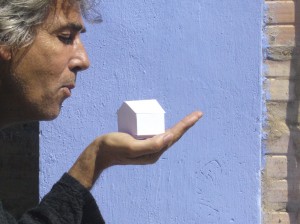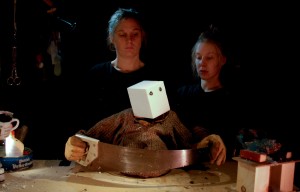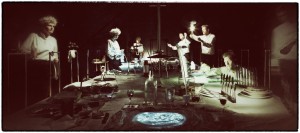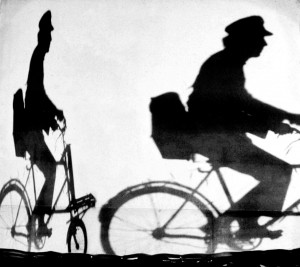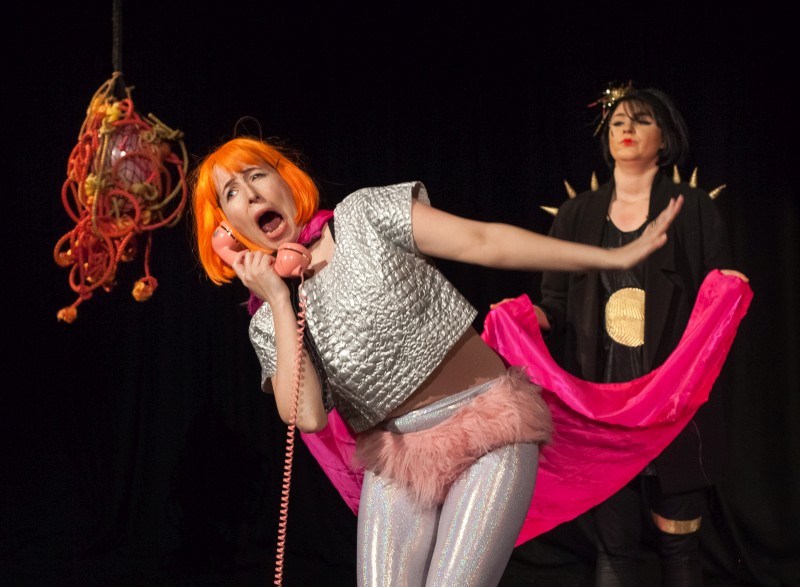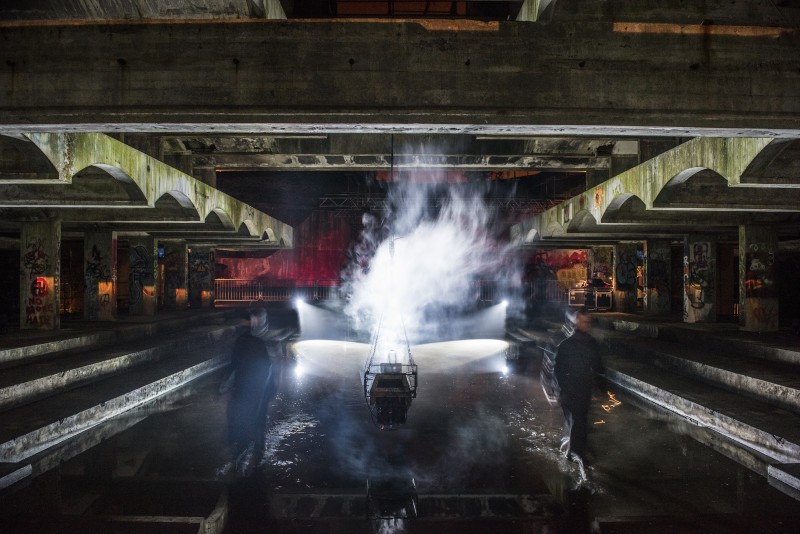 If one could take a dream, a fevered reverie of tensions and motions contriving towards some purpose or resolution, and somehow arrest the whole before the morning arrived with light, reason and coherence…
If one could take a dream, a fevered reverie of tensions and motions contriving towards some purpose or resolution, and somehow arrest the whole before the morning arrived with light, reason and coherence…
If one might then take the resulting chaos of ideas and impulses, synaptic fireworks, macro visualisations, unresolved lines, gravitational and geometrical impossibilities, and freeze the whole prospect in an instant before casting it entirely in concrete…
One may find oneself in an approximation of Hinterland.
The analogy is apt. St Peter’s Seminary, one of the few surviving masterpieces of British post-war modernist brutalist architecture, was commissioned by the Catholic church and designed by the architectural pairing of a Scottish presbytarian (Andy MacMillan) and an atheist, German/Polish Jew (Isi Metzstein). Upon the building’s eventual completion in 1966, the Catholic church – who had intended it for the instruction of priests – had determined that the priests might be better instructed within the contexts of the communities they were training to serve. The building, a Corbusian epic of post war optimism, was obsolete before the doors opened.
The church eventually abandoned the space in the 1980s. The cruel, wet Scottish winters asserted their grip, and a fire in the accompanying Kilmahew House accelerated the ruin. Already there was little left beyond the imposing concrete shell when, in 2005, the Category A listed building was declared, by Prospect magazine, as Scotland’s Greatest Post-WWII building.
Then in 2015, the building was placed into the hands of art activist Angus Farquhar who has embarked upon a gargantuan quest to invoke the spirit of the Greek agora. The seminary will become, in time, a forum for debate, exploration, and creativity. An ‘engine for constructive human activity’ concerning the universe and the divine.
Hinterland is a principal waypoint in Farquhar’s journey, though NVA, the environmental arts organisation he founded as an environmental offshoot to his influential industrial music group Test Dept in 1992, has been doggedly pursuing ideas, funds, concepts, and solutions for the site since 2009.
It is entirely appropriate, then, that this waypoint is dedicated to the space itself and what it has become: a dream caught in limbo and out of time, a ruin, a calcified monument to the failed vision of a fair and just post-war society, decaying under the superficial and meaningless heritage certifications and listings of worth and merit and value.
And how does it manifest, this moment? Well, as a dream, of course.
The evening light dies in the western sky and we are driven from the pier in Helensburgh towards Cardross. Across the dark cut of the Clyde glimmer the lights of Greenock. We turn sharply and ascend a dirt track into woodland, illuminated by the occasional arc light.
We are each handed light sticks to help guide our path, and then, entering deeper into the woods, travelling through tunnels of branches woven into pagan shrines, and mindful of the fragments of choral melody rising out of the darkness ahead, we cross the threshold into Hinterland.
Like Kafka’s castle, the seminary looms out of the dark, giving nothing away of its true scale, or how it actually works. Where is it planted in the ground? How does one get in?
Kindly volunteers point their light sticks and show us how to enter the space. But once inside the mysteries only deepen. These are rooms with no sense or reason. Walls do not meet, ceilings seem to hang, impossibly, in the air. Just on the cusp of feeling oneself to be in a closed space, a look upwards, beyond the concrete scoops and parallel beams, one sees the stars. Steps descend into curious nooks and wells, lit by candles on numerous plinths and altars, illuminating decades of graffiti, as well as the damp streaks and mossy tendrils of neglect.
Farquhar’s great challenge, and that of his team of collaborative artists and technicians – including visual director James Johnson and lighting designer Phil Supple (whose craft easily lives up to his name) – was to remain, in a sense, passive. It was their role here to benignly afford the building its chance to speak in its own language. To speak of its purpose. To speak of its design and construction.
Using the pixel mapping talents of Adam Finlay, Novak, Keith Daniels and Elliot Thomson, animated blueprints are projected onto the building’s interior shell, whilst welders’ arc-lights – an installation episode from Dav Bernard and Zephyr Liddell – cast flickering strobes of shadow across the vaulted central hall.
Deeper into the hall itself, Robbie Thomson’s thurible swings over a black, deeply empty space. One cannot immediately tell whether the space descends deep into the building until a light suggests a surface. Realising that there is water in the pool, however, does not fix the scene. How deep is the water? What is, or was, the function of this room? Is it, in fact, a room? After all, there seems to be so much night sky appearing between these staircases ascending to… where?
The welders hang up their visors and step out onto the water. There is a sudden moment of sad realisation that the pool is a stagnating puddle of rainfall. Bede Williams’s trumpet blasts out isolated notes that reverberate around the space, and flow into the disembodied voices provided by St Salvator’s Chapel choir. For a moment, Rory Boyle’s composition work and subsequent manipulation by Alistair MacDonald, which was on occasion prone to be a little too benign within the setting, seems like an anguished cry.
Farquhar’s greatest achievement is to make it this far with a site and structure over which the rest of society has effectively given up the ghost. That NVA has managed to articulate the process to this point where one can imagine their pulling together these exploded elements of frozen, failed and unrealised dreams into a cohesive, culturally nourishing enterprise is laudable. What is truly extraordinary, however, is the combination of determination and restraint that pervaded every second of the Hinterland experience: defined more by shadow and mystery than by light, informed by inspirational sparks seeking continuity and cohesion in the midst of darkness, visited by huddled souls seeking hope and inspiration…
Amidst these ruins, a determinedly secular humanist approach seems set to tackle contemporary societal issues in a manner that borders the divine.


